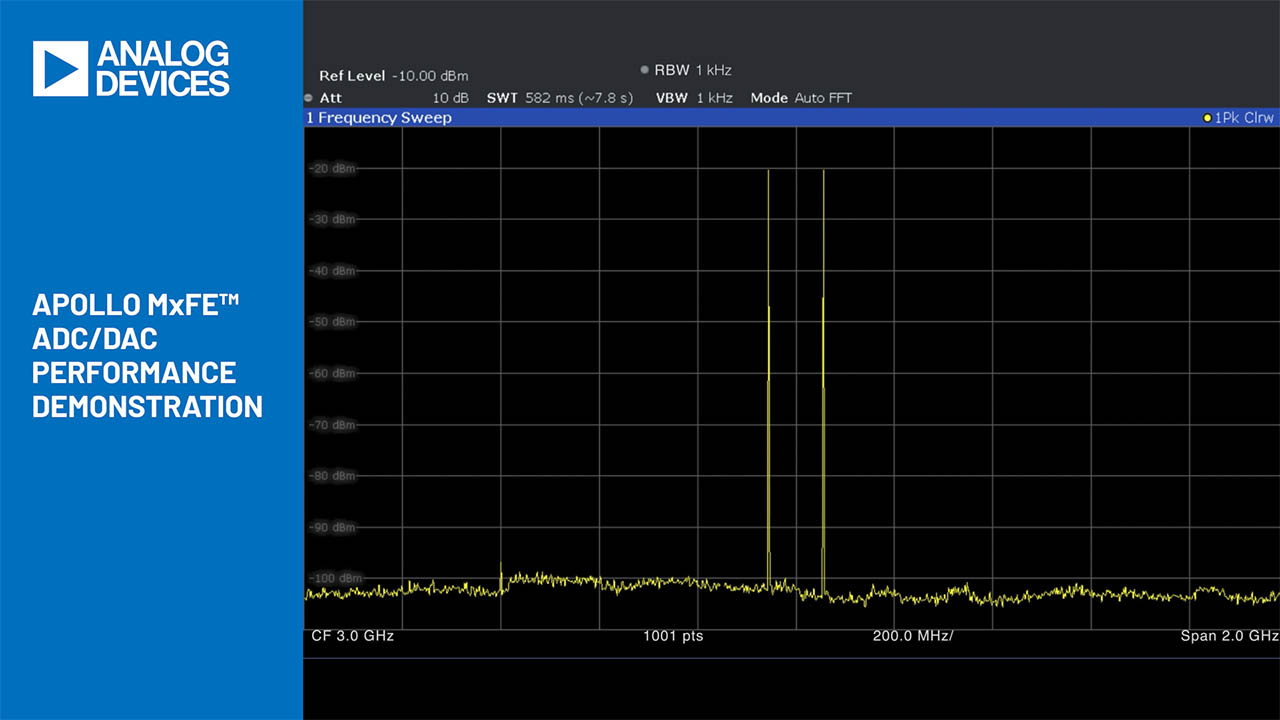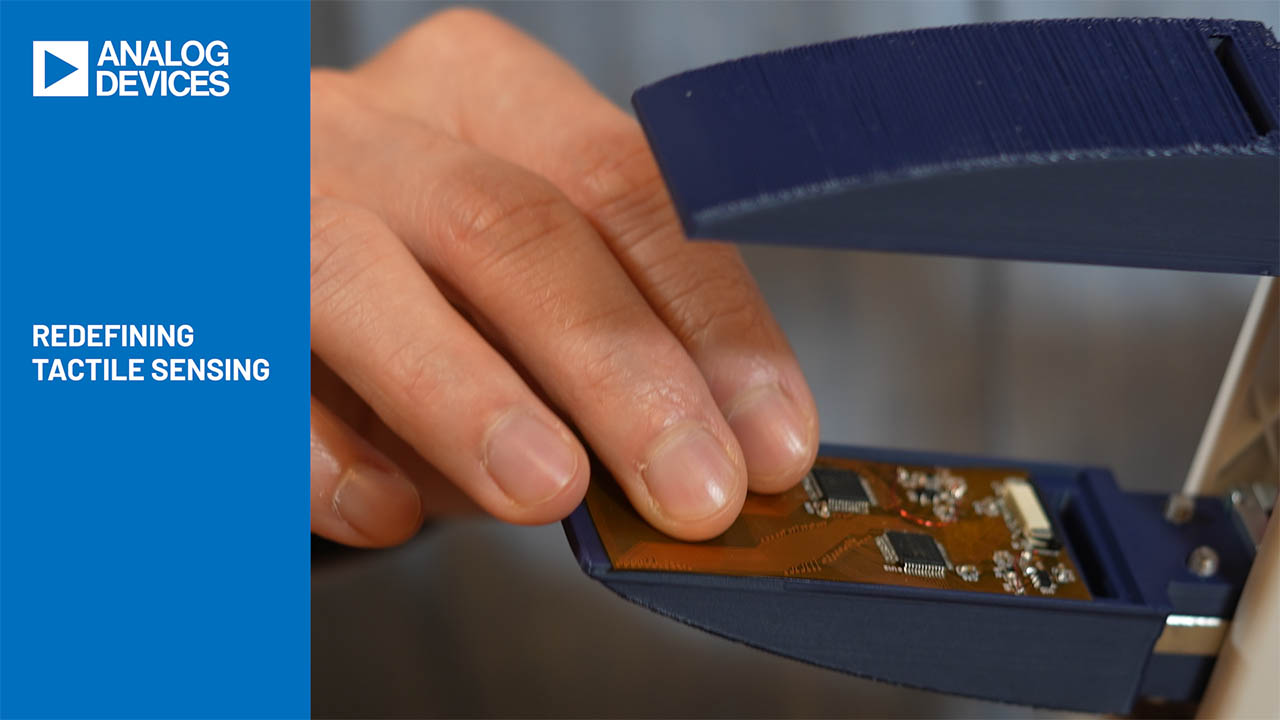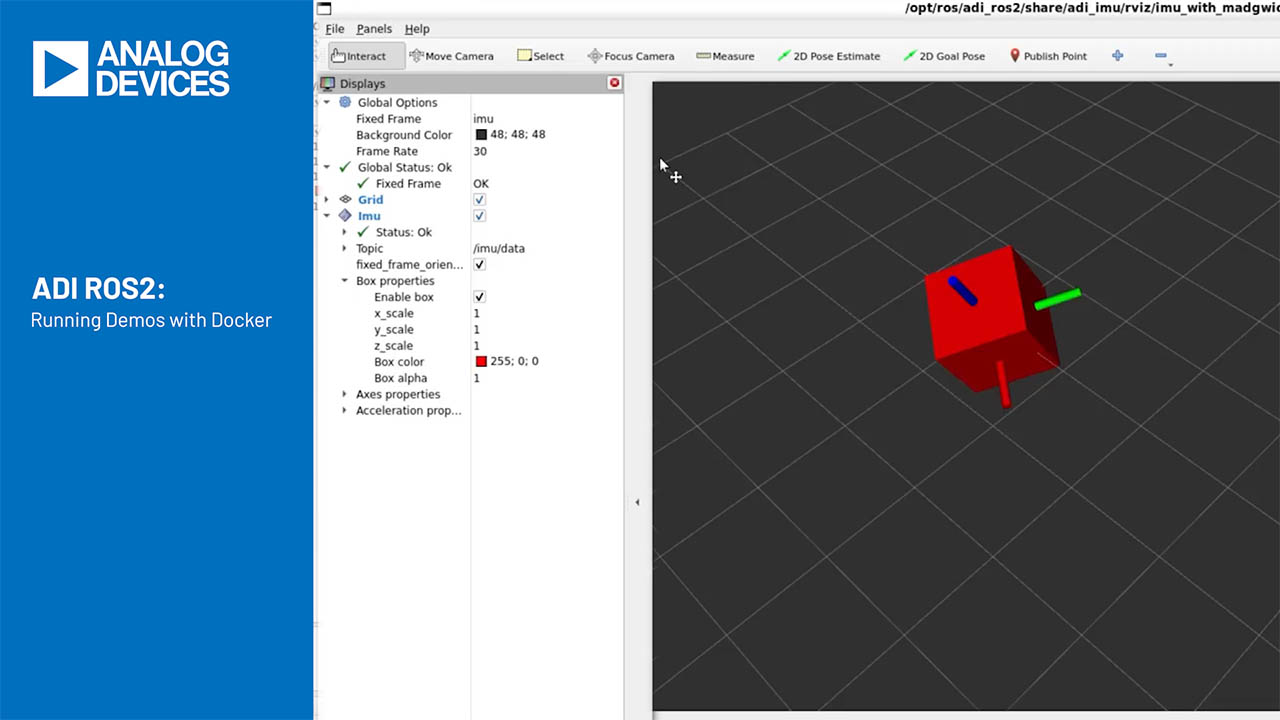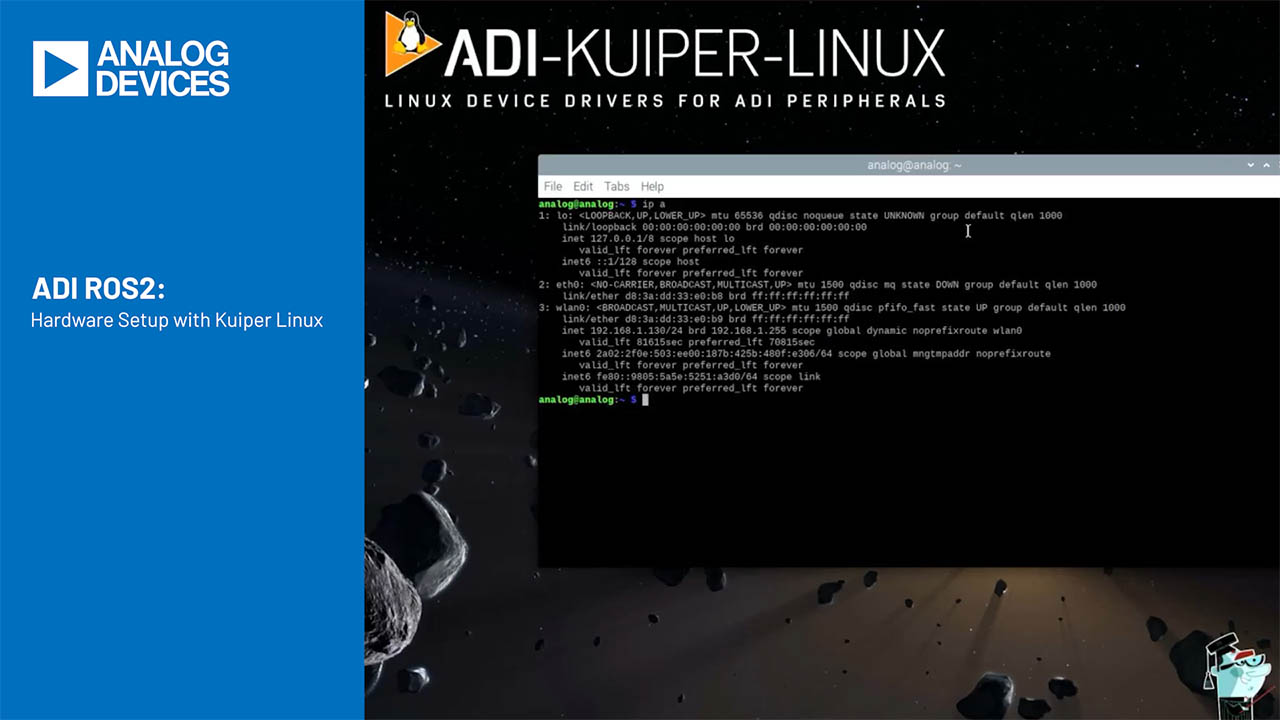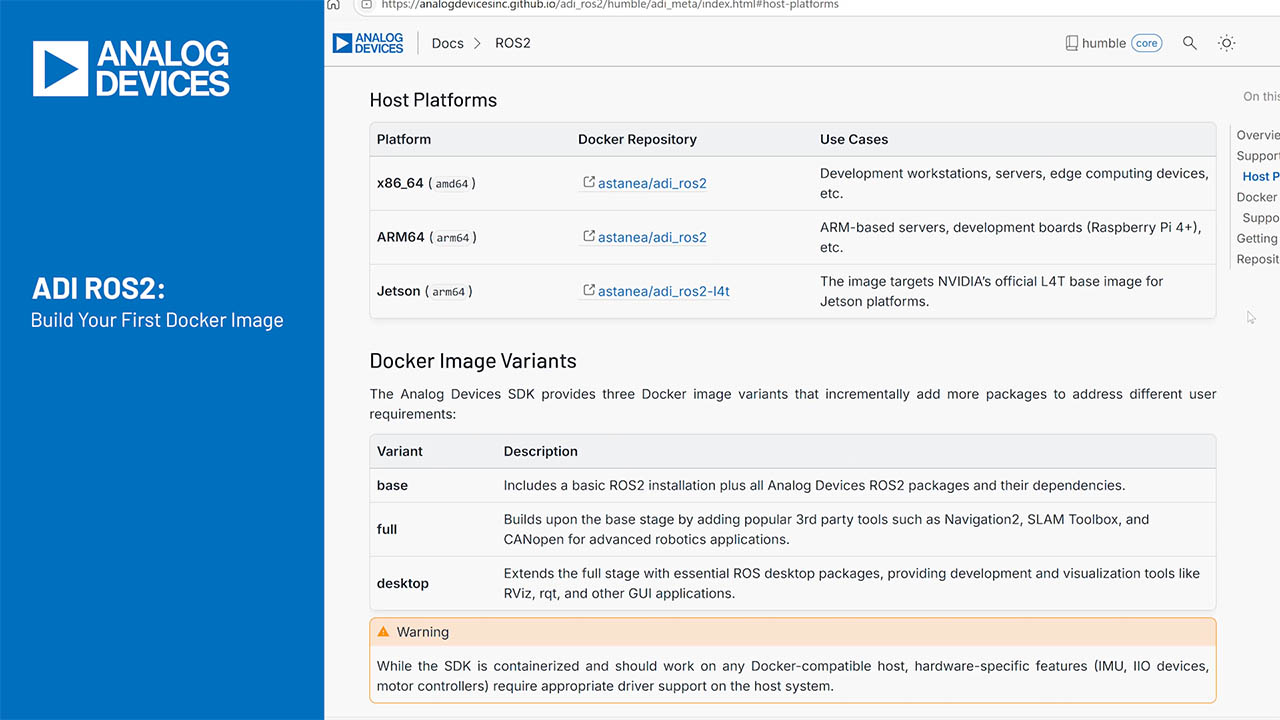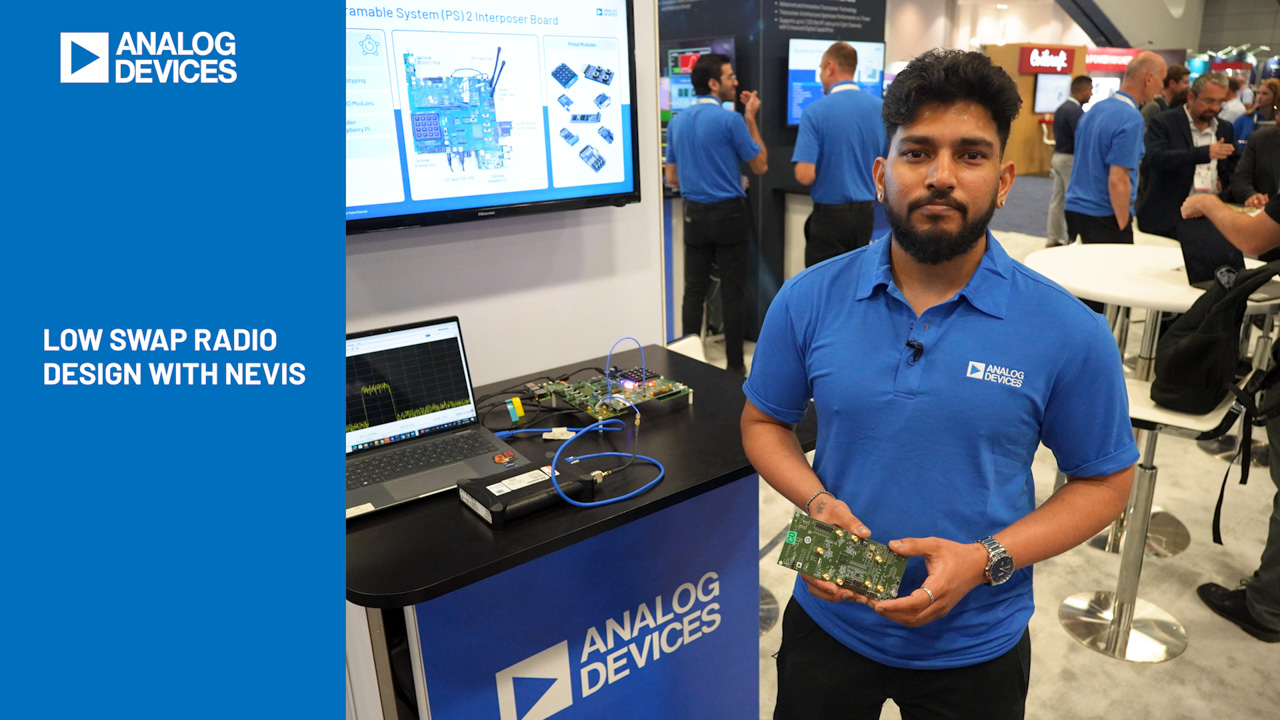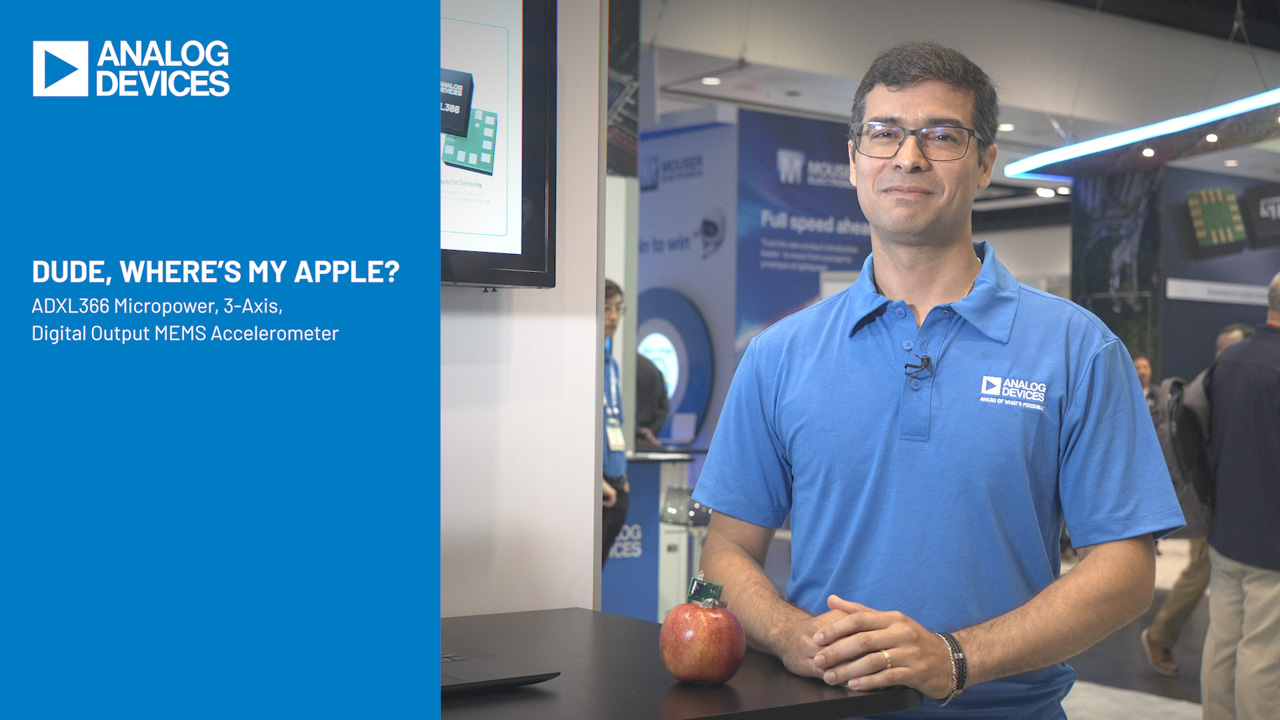要約
Real-time visibility into the distributed grid’s operations is foundational because it can enable utilities to move from reactive to proactive grid management.
This case study from Analog Devices, Inc. (ADI) in collaboration with Vermont Electric Cooperative (VEC) explores how electric distribution utilities could gain insights into grid operations by using smart meter data—a ubiquitous data source for many utilities. These insights can help meet future challenges of increasing customer electrification, including adoption of rooftop solar, heat pumps, and electric vehicles.
It was observed that advanced metering infrastructure (AMI) 1.0 data, if processed effectively, can produce reasonably accurate meter-to-transformer maps at the low voltage level, unlocking several valuable applications: transformer load management, outage response, voltage optimization, and targeted customer programs. The potential of complementary data sources and technologies to achieve complete visibility across the distribution network have also been identified in the article.
Introduction
Vermont Electric Cooperative (VEC), a member-owned electric distribution utility, serves 33,000 members in 75 northern Vermont communities. Analog Devices, Inc. (ADI) is a global semiconductor company that specializes in data conversion, signal processing, and power management technology. ADI and VEC are continuing to work together to understand needs for additional grid sensorization, and the capabilities and deployment strategies that will deliver the most value to VEC’s members.
This article presents the results of using VEC’s advanced metering infrastructure (AMI) data to get insights into transformer and circuit loading. This study advances VEC’s strategy to help manage the transition to beneficial electrification and capitalizes on its AMI 1.0 deployment to date, which is representative of many other utilities. The results of this study can inform future sensor capabilities that can be built into equipment deployed on medium voltage (MV) and low voltage (LV) networks to enhance grid operator efficiency and support their customer electrification pathway reliably beyond what several utilities indicated would be possible.
The Importance of Topology and Network Models
Today’s grid faces challenges like increasing load variability, distributed energy resource (DER) integration, and aging infrastructure, all of which amplify the risk of voltage violations and thermal overloads. Without granular visibility, utilities rely on customer feedback and periodic checks, which can lead to reactive maintenance, unplanned outages and equipment replacements, and higher operating costs. Gaining near-real-time end-to-end visibility from the substation to the customer meter would drive operational efficiency, reliability, and customer satisfaction for utilities.
Table 1. Network Model Definitions
| Topology model | Identifies how elements are connected to one another in the as-energized distribution circuit. For a radial network (a network without loops), the connectivity information is sufficient to understand the power flow through each element of the circuit. |
| Network model | Consists of topology plus impedance values of lines, transformers, and other elements. With an impedance model, it is possible to understand voltage relationships and losses within a distribution circuit. |
Managing distribution networks more efficiently provides significant value to utilities, and ultimately, their customers. For example, utilities in California and Vermont estimate the avoided long-term costs of investing in additional distribution network capacity by incorporating more DERs onto their network’s range from $57/kW-yr to $190/kW-yr.1,2
Instrumentation in substations is widespread, and smart meters are deployed at over 80% of Canadian and U.S. utilities and at similar levels in Western Europe.3 However, to use this data to manage their networks—for situational awareness, or proper utilization of DERs on the power distribution grids—utilities need accurate distribution topology models and network models (see Table 1). Distribution network topology is necessary to understand the flow of current, and hence power, in the grid. The network model, including device and conductor impedances, is important for understanding both the voltage and power dissipation in the network.
Utilities that lack an accurate topology model with the right level of fidelity may, therefore, be locked out from the advantages that more network modeling enables, such as identification of voltage regulation issues, line losses, and optimization of LV grid utilization.
Evaluating the Key Challenge Faced by Utilities
VEC is at the leading edge of managing the transition to beneficial electrification in the U.S. utility industry.
Like other utilities, a key challenge VEC faces is voltage regulation across long feeders. Distribution utilities in the U.S. must maintain voltage at customer meters within a narrow range of +5% to –5% per ANSI C84.1 despite fluctuations in customer power demand. VEC’s strategy for managing voltage constraints involves both system planning and real-time responses based on operational data. At the present, gaps in real-time data and real-time electrical models for the distribution grid present barriers to the adoption of some of the more forward-looking approaches for managing constraints, such as customer-side demand response (such as a virtual power plant) and voltage and reactive power optimization.
As a first step toward enabling voltage regulation on VEC’s network, ADI evaluated what information about real-time network topology could be derived solely from AMI 1.0 meters, which are currently deployed throughout VEC’s system. This case study describes the data and methods used for and findings from developing a topology model from AMI 1.0 data.
How Utilities Can Discover Network Topology with AMI 1.0
The Data: AMI 1.0 Data with Voltage Measurements Is Needed
ADI reviewed VEC’s AMI 1.0 meter data, which included meters that report only hourly average real power demand, as well as meters that report hourly average real power demand and instantaneous voltage magnitude measured once per hour. This study focused on the second set of meters because the voltage data was essential to determine a topology model.4,5,6
Ninety days of voltage magnitude data measured at meters on a single-phase lateral feeder were used, as shown in Figure 1. The 66 transformers on this circuit serve 102 meters, of which five were not reporting to the meter data management systems, and are thus dropped from the analysis. Each transformer serves between one to seven customers. The service voltage was 240 volts (split phase) and voltage measurements available from the meter data management system were rounded to the nearest volt.

The Method: Identifying Topology from Voltage Data
If two meters show very similar voltage patterns over time, it likely means they share a lot of the same wiring path back to the substation—that shared wiring has what is called common impedance. Essentially, when electricity flows to Meter A, it causes a small voltage drop along the wires as seen in Figure 2. If some of those wires are also used by Meter B, then Meter B’s voltage will also dip slightly, even though the electricity wasn’t flowing to it. The same thing happens in reverse when electricity flows to Meter B.
The more shared wiring (or common impedance) there is between two meters, compared to the parts of the wiring that are unique to each meter, the more their voltage readings will move together—or be correlated. That’s why voltage correlation can help figure out which meters are likely connected to the same transformer or part of the grid.
The voltage correlation method can tell us if two meters are likely connected to the same part of the network, but it cannot calculate the exact impedance values of each line or transformer. In other words, we can’t figure out the individual impedances (a, b, and c in Figure 2) from the correlation values. Essentially, we have one calculated measurement—the correlation between voltage for Meter A and voltage for Meter B. So, we have one known value but three unknown values: impedance for the lines a, b, and c. And so, this method doesn’t give a full network model.
Which meters share the most common part of their wiring? A safe bet would be meters that are connected to the same service transformer. Thus, we might expect to be able to perform meter-to-transformer mapping using this method. Can the voltage correlations be used to determine some part of the MV topology—for instance, could we also do meter-to-feeder mapping?
Unfortunately, no, because even though MV feeders can have significant impedance, the transformer between MV and LV acts like a barrier. It isolates the low voltage side, so the effect of MV impedance on meter voltages is very small and hard to detect statistically. In short, the influence is there, but it is buried in the data and not distinguishable.
What Insights Do Utilities Get from AMI 1.0 Mapping?
When we compared our meter-to-transformer mapping for LV transformers against the VEC geographic information system (GIS) model, our voltage correlation method correctly identified 78% of meters served by the same transformer, with almost no false positives (just 0.1%). We needed 20 days of AMI 1.0 data to get these results. Extending the data window to 80 days improves the accuracy to 85%.
While AMI 1.0 data is primarily designed for customer billing, its value can be extended through accurate meter-to-transformer mapping. Direct applications of meter-to-transformer mapping include transformer load management, outage detection, and theft analysis for service transformers, which are directly linked to AMI endpoints.
While meters to feeders cannot be mapped, mapping meters to service transformers can have indirect benefits for substation transformers as well. Aggregated AMI data, when combined with GIS, SCADA, and other grid sensor inputs, can inform MV level planning and asset management. For example, understanding downstream load patterns and DER behavior helps utilities assess hosting capacity and stress on MV infrastructure. This layered visibility supports broader grid modernization goals, enabling utilities to make smarter investment decisions across both LV and MV domains.
Moving Toward More Visibility for Operating Insights
Some limitations of AMI 1.0 data limit the usefulness of our meter-to-transformer mapping. First, AMI 1.0 data lacks reactive power measurements, making it hard to understand voltage behavior and detect overvoltage and undervoltage scenarios on the feeder. Second, even small gaps in data can disrupt correlation-based methods, preventing accurate topology modeling or line impedance estimates for a full network model. Third, as we have discussed before, it does not support MV topology estimates, where many circuit reconfigurations and dynamic changes take place, which could lead to unpredictable loading. Finally, the process is slow. It takes weeks of historical data to produce reliable maps, which is far too long for real-time operational decisions.
These challenges can be overcome with richer power measurements, continuous data capture, and faster analytics from any source—whether meters, transformers, or line sensors. With better data, topology modeling and network modeling can shift from a slow, approximate process to a precise, near-real-time capability that strengthens grid visibility and supports modern operations. Precise, near-real-time capability for electric utilities is defined as the ability to generate highly accurate insights and models of the distribution grid’s topology and behavior within moments of data collection—enabling operators to respond swiftly, confidently, and proactively to changing conditions because it makes real-time load management, fault location, dynamic dispatch, and demand response possible.
Therefore, topology modeling and network modeling transforms traditionally slow, approximate processes into dynamic data-driven decision-making tools that support modern grid reliability and resilience. This level of visibility is essential for utilities to fully realize the economic benefits associated with optimizing distribution capacity and integrating DERs—as high as $190/kW-yr in California.1 Greater sensorization improves the likelihood that these savings are captured, turning theoretical value into measurable outcomes.
Conclusion
This article describes a method that distribution utilities can employ to identify meters served by the same transformer, using AMI voltage data. This level of connectivity information can be useful for studies involving transformer loading and capacity planning. However, this mapping process falls short of revealing the full MV and LV grid connectivity for end-to-end grid visibility. In the case of VEC, where growing customer electrification will exacerbate voltage regulation challenges, additional sensing capabilities will be needed to obtain real-time visibility into the distribution grid.
Way Forward and Acknowledgment
VEC has undertaken pilot deployments of several advanced grid-edge sensors in recent years and is amidst its deployment of AMI 2.0 meters, which began in 2025. ADI and VEC are continuing to work together to understand needs for additional grid sensorization, and the capabilities and deployment strategies that will deliver the most value to VEC’s members. These results should provide a starting point for more conversations about the future of grid sensorization.
References
1 “2024 Distributed Energy Resources Avoided Cost Calculator Documentation.” Energy and Environmental Economics, Inc., October 2024.
2 Support Your Local Grid Innovative pilot (24A-3414). Vermont Electric Cooperative, November 2024.
3 Adarsh Krishnan. “Smart Electricity Meter Market 2024: Global Adoption Landscape.” IOT Analytics, February 2024.
4 Logan Blakely and Matthew J. Reno. “Identification and Correction of Errors in Pairing AMI Meters and Transformers.” IEEE Power and Energy Conference, April 2021.
5 Saverio Bolognani, Nicoletta Bof, Davide Michelotti, Riccardo Muraro, and Luca Schenato. “Identification of Power Distribution Network Topology Via Voltage Correlation Analysis.” IEEE Conference on Decision and Control, December 2013.
6 Deepjyoti Deka, Vassilis Kekatos, and Guido Cavraro. “Learning Distribution Grid Topologies: A Tutorial.” IEEE Transactions on Smart Grid, January 2024.




